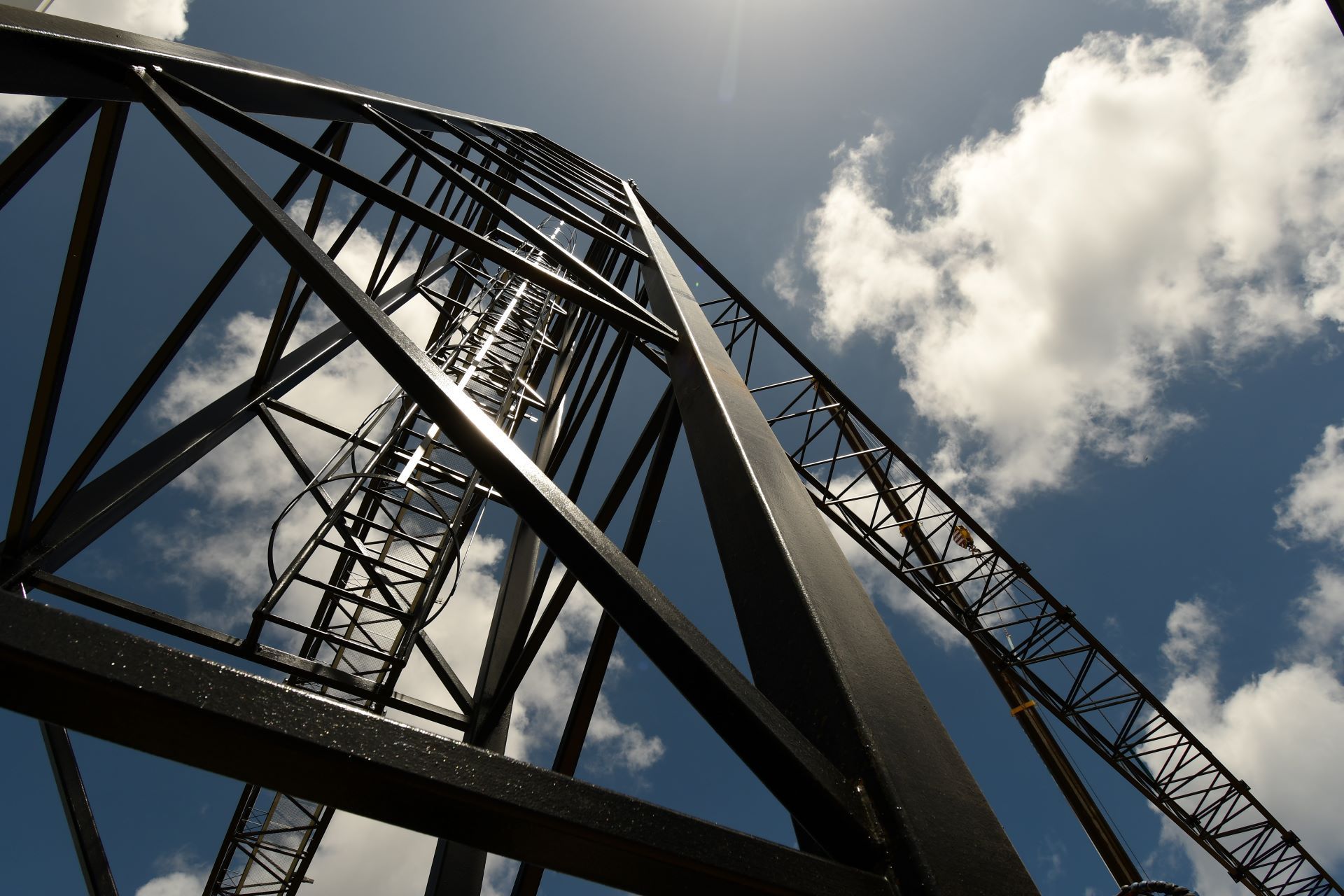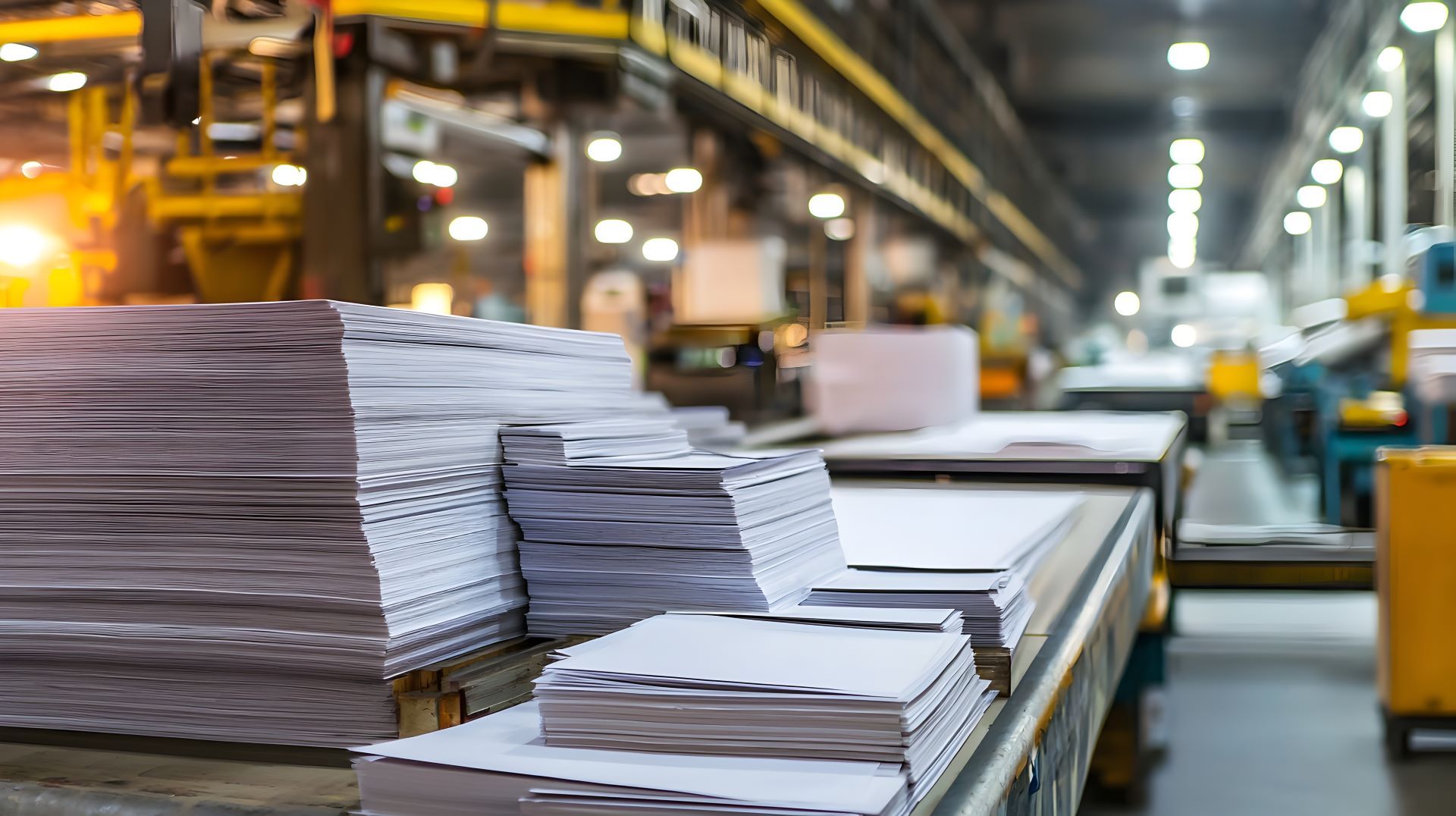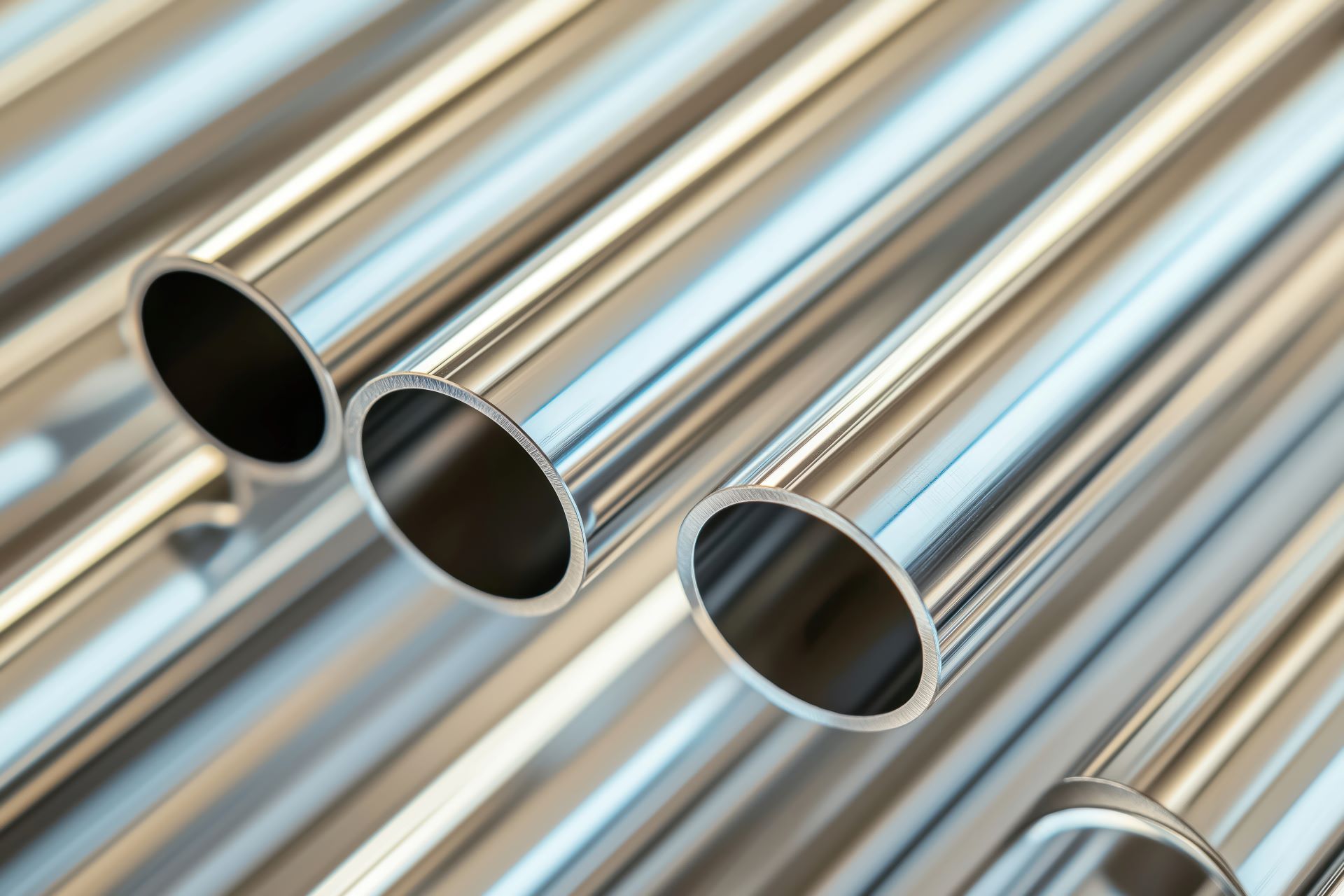Best Practices for Welding Aluminum: Avoiding Warping, Cracking, and Oxidation
Aluminum is one of the most widely used metals in modern fabrication valued for its strength-to-weight ratio, corrosion resistance, and clean appearance. But welding aluminum comes with challenges that steel fabricators may not anticipate. For many, the biggest issues revolve around warping, cracking, and oxidation, each of which can impact weld quality, structural performance, and production timelines.
At Action Stainless, we don’t just stock aluminum sheet, bar, plate, and tubing, we supply it in cut-to-length, weld-ready form, helping fabricators work more efficiently and precisely. Whether you're MIG welding frames or TIG welding enclosures, understanding how aluminum behaves during welding is key to reducing rework and achieving durable results.
This guide covers the most common welding issues with aluminum and how to prevent them through better alloy selection, process control, and material preparation.
Why Welding Aluminum Requires a Different Approach
Aluminum reacts to heat and surface conditions in ways that make it far less forgiving than steel. It has no visible color change before melting, which increases the risk of overheating or burn-through. Aluminum also conducts heat more rapidly than steel, pulling thermal energy away from the weld zone and potentially leading to shallow penetration or distortion.
Another key concern is oxidation. Even when stored in clean environments, aluminum forms a thin oxide layer that melts at a much higher temperature than the base metal. If not removed, it can interfere with puddle formation and reduce weld quality.
Finally, aluminum is prone to hot cracking, particularly in the heat-affected zone (HAZ), where rapid solidification or stress concentrations can lead to internal or surface-level failure.
Choosing the Right Aluminum Grade for Welding
One of the first steps to preventing weld defects is choosing a weld-friendly aluminum grade. Not all alloys respond the same way to thermal input, and some are more susceptible to cracking or strength loss in the HAZ.
Here’s a comparison of common aluminum alloys used in fabrication:
| Alloy Series | Common Grades | Weldability | Key Characteristics |
|---|---|---|---|
| 1xxx | 1100 | Excellent | Commercially pure, soft, highly formable |
| 3xxx | 3003 | Good | Great formability, moderate strength, easy to weld |
| 5xxx | 5052, 5086 | Excellent | Strong, corrosion-resistant, ideal for marine use |
| 6xxx | 6061 | Fair | High strength, prone to HAZ cracking, weldable with filler |
| 2xxx / 7xxx | 2024, 7075 | Poor | Heat-treatable, high strength, often avoided for welding |
At Action Stainless, we supply
1100, 3003, and 6061 aluminum, the most versatile grades for weldable assemblies. Each grade supports different fabrication priorities, and our team helps customers match alloy and filler metal for best results.
Managing Heat Input to Minimize Warping
Aluminum’s high thermal conductivity means heat quickly spreads throughout the part during welding. If not controlled, this can lead to distortion, bending, or excessive warping, especially in thin-gauge material. Proper technique and part prep are critical.
Experienced welders control heat input through methods like:
- Strategic fixturing and clamping to hold parts in place and limit movement
- Stitch or skip welding, allowing sections to cool between passes
- Backstep welding, which begins at the end of a joint and moves backward to reduce residual stress
Material choice also matters. For parts with minimal tolerance for warping, consider using thicker aluminum plate or designing assemblies with fewer long, continuous welds.
Preventing Cracks in the Heat-Affected Zone
Cracking during or after welding is often due to thermal stress and poor filler metal selection. This is particularly common with 6061 aluminum, which can crack in the HAZ when cooled too quickly.
To reduce cracking:
- Use appropriate filler metal, for example, 4045 or 5356 for 6061
- Consider preheating thicker material to reduce cooling speed and thermal shock
- Avoid joint designs that create stress points or sharp transitions
Each aluminum alloy has different cracking tendencies, and Action Stainless can assist in identifying the right filler metal for your selected grade and joint configuration.
Oxidation: A Silent Threat to Weld Quality
Aluminum’s oxide layer forms quickly even within hours of cleaning and melts at over 3,700°F, far higher than the aluminum base metal. If not removed before welding, it interferes with fusion and leads to poor bead formation, inclusions, and reduced strength.
The best practice is to clean aluminum immediately before welding using a two-step approach:
- Mechanical cleaning with a stainless steel brush (used only for aluminum)
- Solvent
cleaning with acetone or alcohol to remove oils and residue
At Action Stainless, we store and handle aluminum to reduce surface contamination. Our cut-to-length aluminum arrives clean and burr-free, minimizing prep time for welders in the shop.
Shielding Gas Selection and Flow Control
Shielding gas protects the weld pool from air exposure. For aluminum, the standard is 100% argon, though argon-helium blends are used in thicker sections to increase heat and penetration.
Inconsistent gas flow can cause porosity, weakening the weld and introducing defects. Use well-maintained torches, clean nozzles, and check for leaks. Maintain proper gas flow too low allows contamination; too high creates turbulence.
MIG vs TIG: Choosing the Right Welding Process
Each process offers different benefits depending on your goals:
- MIG (GMAW): Faster and more productive; ideal for thicker materials and production welding
- TIG (GTAW): Slower but more precise; perfect for thin-gauge aluminum, intricate welds, and visible seams
Action Stainless can help you select aluminum in the right thickness and temper to match your preferred process and application.
Material Handling and Joint Prep Tips
Improper handling is a frequent cause of weld failures. Aluminum is soft and easily contaminated by carbon steel tools, fingerprints, and airborne dust.
To protect weld quality:
- Use clean gloves and non-marring tools
- Keep aluminum on dedicated work surfaces
- Ensure tight, clean joints with smooth transitions
We offer waterjet and saw cutting services to supply material in weld-ready form with square, burr-free edges saving fabricators time on grinding and fitting.
Post-Weld Cleaning and Quality Control
Welds may leave a black residue, particularly during MIG welding. While often harmless, this soot can interfere with paint or finish. Use stainless brushes or aluminum-safe cleaners after cooling.
More importantly, inspect welds for cracks, porosity, and undercut. Visual inspection is essential, but critical parts may require dye penetrant or radiographic testing to verify weld integrity.
Don’t Overengineer: Use the Right Grade for the Job
It’s easy to default to 6061-T6 for its strength, but in many cases, a softer and more formable alloy like 3003 can perform just as well at lower cost and with easier welding. Over-specifying material increases fabrication time and may introduce unnecessary risk.
At Action Stainless, we help customers avoid this by reviewing application needs and recommending materials that meet both performance and budget requirements.
Why Fabricators Rely on Action Stainless
Welding aluminum successfully starts long before the arc is struck. The right grade, the right surface finish, and clean, cut-to-length material can eliminate many of the issues that frustrate welders.
Action Stainless supports fabricators by offering:
- 1100, 3003, and 6061 aluminum in sheet, plate, bar, and tubing
- Saw cutting and waterjet services for clean, weld-ready edges
- Material consulting to match grade, thickness, and finish to your welding process
Our aluminum arrives ready to weld clean, consistent, and matched to the job.
Final Thoughts: Weld with Confidence
Aluminum welding doesn’t have to be a source of frustration. With the right prep and material, fabricators can reduce warping, avoid cracking, and eliminate oxidation problems before they start.
At Action Stainless, we supply more than aluminum, we supply reliability. Let us help you simplify your next welding project with the right alloy, finish, and support every step of the way.






